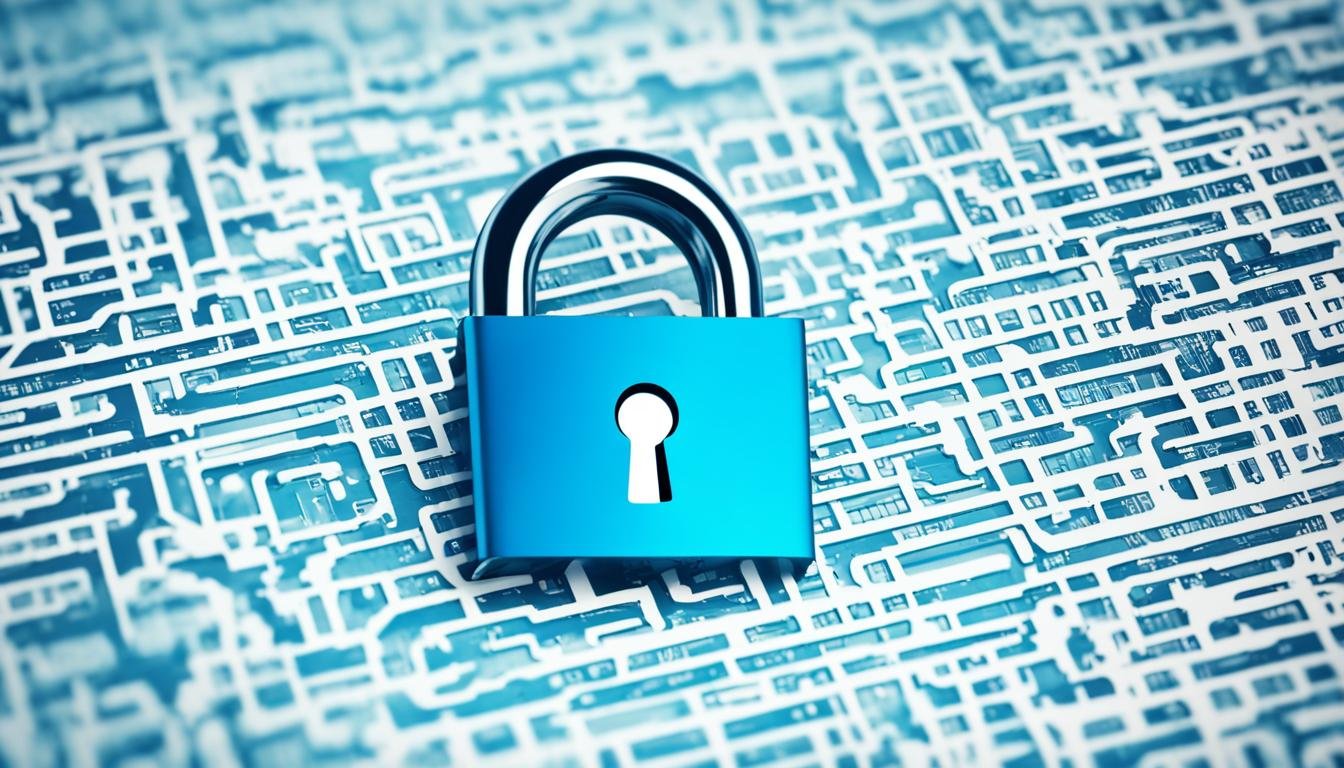What technology provides secure access to websites? This is an important question that we need to keep asking to keep our online activities safe is crucial.
As I explore the internet, I worry about the safety of my personal info. Luckily, tech has given us ways to keep our online lives secure.
From new password systems to advanced multi-factor authentication, website security is always getting better. In this article, I’ll look at the tech and methods making online access safer. These changes help keep our digital lives secure and safe.
I want to share the latest in website authentication with you. This will help you feel more secure online. Let’s discover the tech that’s making accessing our favorite websites safer.
Exploring Website Authentication Methods
Keeping websites safe is key in today’s digital world. We’ll look into how new methods protect our online identities and keep our info safe.
i. Password Management
For years, passwords have been the main way to keep websites secure. But, they have their limits. It’s hard for users to remember many complex passwords, so many use weak or the same passwords. This makes their accounts at risk.
Now, password management tools help solve this problem. These tools create, store, and fill in strong, unique passwords for us. This makes online security easier and safer for everyone.
ii. Multi-Factor Authentication
Multi-factor authentication (MFA) has changed how we log into our accounts. It asks for more than just a password, like a code on your phone or your face. This makes it harder for hackers to get into your account.
Many websites now use MFA to keep us safe. It lets users control their online identities and protect their private info.

“The widespread adoption of multi-factor authentication has been a game-changer in the fight against cybercrime, making it exponentially harder for attackers to breach our online accounts.”
Biometric Authentication: The Future of Secure Access
The need for strong cybersecurity is growing fast. Luckily, biometric authentication is becoming a key solution for keeping things safe. It uses things like fingerprints, facial recognition, and iris scans to make logging in more secure.
Biometric authentication has many benefits for keeping websites safe. It makes it much harder for hackers to get in because biometric data is unique to each person. This means it’s hard for others to pretend to be you.
- Improved user experience: Biometric authentication is quick and easy, so you don’t have to remember hard passwords or carry extra devices.
- Mitigating the risks of password-based authentication: Biometric data is much safer than passwords, which can be forgotten or shared by mistake.
- Enhanced cybersecurity: Adding biometric authentication to websites makes them much safer, lowering the chance of data theft and unauthorized access.
As technology gets better, biometric authentication will play a big role in keeping things safe online. It uses your unique traits to protect your information and keep your online activities secure.
“Biometric authentication is the future of secure access, providing an unparalleled level of security and convenience for users.”

Conclusion
Online security is always changing, and so are the ways we keep websites safe. We use strong passwords and new tech like biometric authentication to protect our info. These methods help stop hackers and keep our digital activities safe.
It’s important to know about the latest in website security. By using new tech, we can make our online world safer. Things like multi-factor authentication and biometric ID make sure our online activities are secure and easy to use.
We will keep looking for better ways to secure websites as we use them more. By keeping up with security updates, we can make the internet safer for everyone. This way, our private info stays safe and our online experiences get better with new tech.







+ There are no comments
Add yours